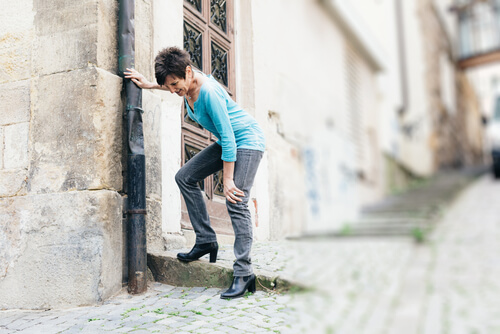
Bursitis is a condition that can be confused with other issues, such as arthritis and tendonitis, but it has its own telltale symptoms. The first symptom is pain in the area around the kneecap. This pain is distinct from other conditions such as arthritis that are focused specifically on the joint. In addition, the entire knee area may be tender to the touch and can hurt when pressed.
The knee may also be red or warm. If it is excessively warm and red, be on the lookout for infection, especially when accompanied by fever. Swelling may be present whether the cause of bursitis is inflammation or an injury. You may not be able to move the knee as you usually do if there is bursitis, because the bursae become inflamed. If you have these symptoms, it is important to see a doctor who can confirm whether it is bursitis.
1. Pain
One of the first signs of bursitis is pain. You may try to bend as usual or simply try to walk down some stairs and you will feel discomfort around your kneecap. This pain may start out as minor or it could be intense, but if bursitis is present, you are likely to feel it consistently in one area or perform the same kind of activity.
The pain results from the damage or inflammation occurring in the bursae of the sacs around the bones of the knees that are filled with lubricating liquid. When these are damaged, the bones in the knee do not get enough lubrication, and it can be painful to do accustomed activities. You may find that the pain lessens if you rest the area and refrain from strenuous physical activity for at least a few days. Applying cold compresses can also help ease the pain.



